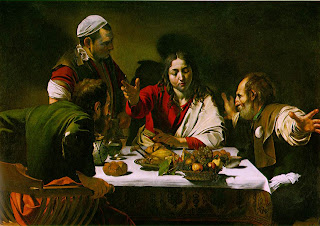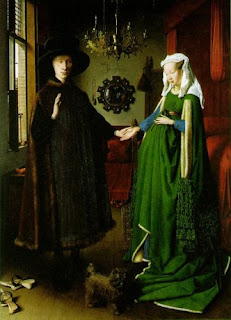Wednesday, October 22nd, 2008
Iconography and "Hidden Meanings"
Iconography is a branch of art history that deals with the study of images and the relationship of images and text. The practice of iconography involves interpreting, describing, and identifying images. In Western art, ancient mythological texts and the Bible are two sources often used to identify the symbolic or cultural signification of an image.
Personally, I think that iconography is a fun practice that helps one to find “hidden meanings” in a painting. The decoding of hidden meanings through iconography (and iconology, which is essentially the study of symbols in art) was one of the first things that attracted me to art history.
Today in the London Times an interesting article was published that discusses some of the hidden meanings in paintings from the National Gallery. The explanations for different items in paintings are concise and fun to read – although I can’t help but add that items in paintings can contain several iconographic (or iconological) references. Like in many disciplines, everything in art history cannot be interpreted in a concrete fashion!
If you’re curious to look at the five paintings discussed in the article, here are some reproductions:





Marriage with ice cream on top? I can subscribe to that kind of iconography! Hogarth had the right idea.
interesting article. thanks for the link
This was a fun game to play in the Louvre. You could literally spend and entire day studying one side of one wing. It was amazing.
Oooh – I could play the iconography game in the Louvre for weeks on end. When I went there on an art history study abroad, we spent days and days there and still didn’t get to see everything! That museum is ginormous.